10 Unique Tips for Effective Led Light Design in Your Space
In today's world, effective LED light design is essential for creating inviting and functional spaces that enhance both aesthetics and practicality. As technology advances, the versatility of LED lighting has opened up new possibilities for designers and homeowners alike, allowing for innovation and creativity in illumination. This guide presents ten unique tips for effective LED light design, catering to various environments—from cozy living rooms to energetic workspaces. By understanding how to harness the power of LED lighting, you can transform any area into an atmosphere that reflects your personal style while meeting the practical needs of the space. Whether you're aiming for a warm ambiance or vibrant accents, the careful application of these tips will elevate your design approach and maximize the benefits of LED technology.
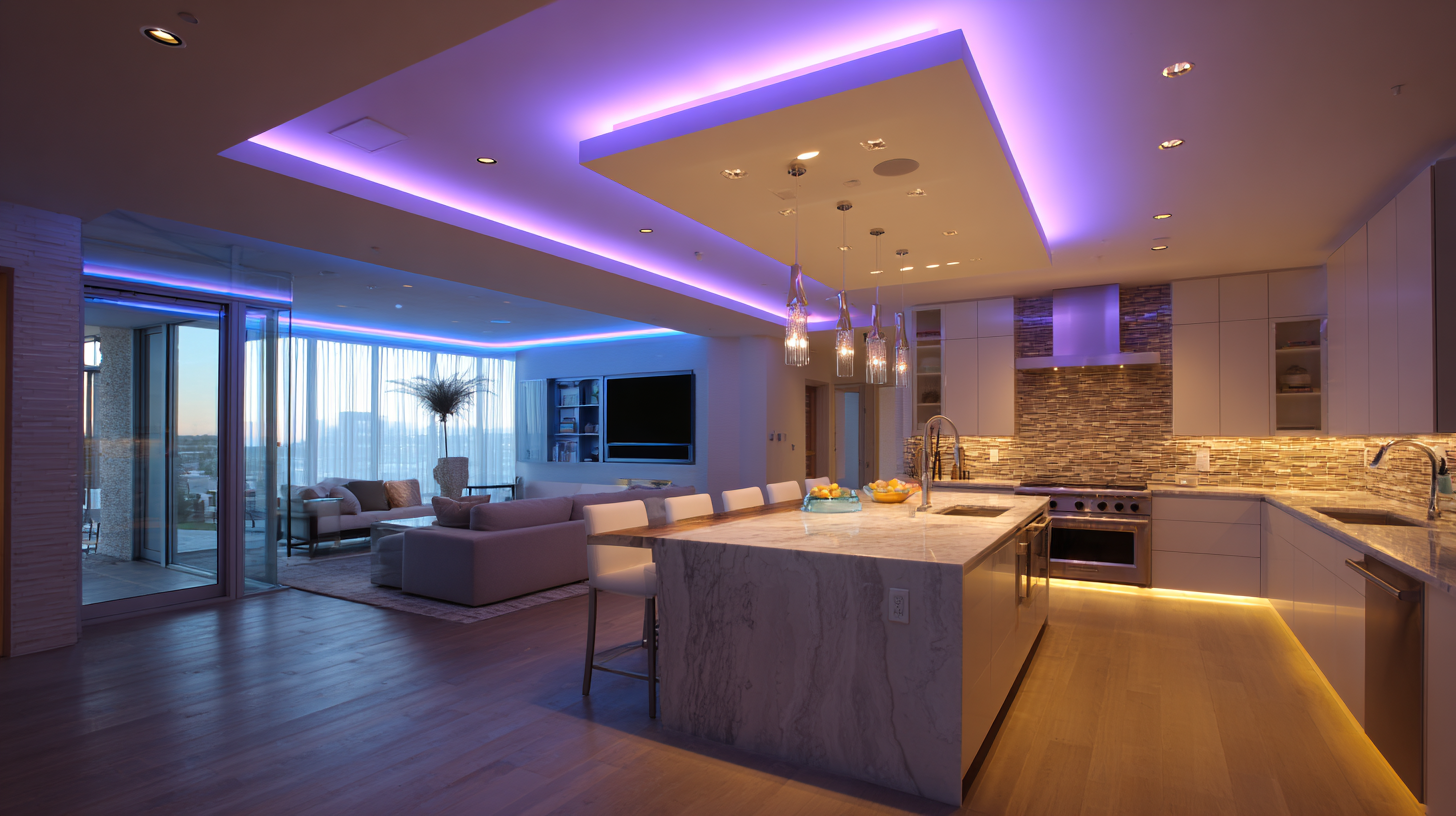
Understanding the Principles of Light and Color for LED Design
When designing with LED lights, understanding the principles of light and color is essential for creating an inviting atmosphere. The color temperature of LEDs, measured in Kelvins, relates directly to the mood of a space. Warmer tones (2700K-3000K) create a cozy, relaxing environment, ideal for living rooms and bedrooms, while cooler tones (4000K-6000K) are more energizing and suitable for workspaces or kitchens. By carefully selecting the right color temperature, you can influence not only the visual appeal of your space but also the emotional response of its inhabitants.
Additionally, the color rendering index (CRI) is a critical factor in LED design that impacts how colors appear under artificial light. A higher CRI (above 90) allows for more accurate color representation, which is particularly important in areas where color differentiation is needed, such as galleries or makeup stations. Incorporating adjustable lighting that mimics natural daylight can also enhance the color quality in a room. By leveraging these principles, designers can manipulate light and color to create dynamic spaces that enhance functionality and aesthetics.
10 Unique Tips for Effective Led Light Design in Your Space
| Tip Number | Tip Description | Recommended Color Temperature (Kelvin) | Best Application Area |
|---|---|---|---|
| 1 | Use warm white light for cozy settings. | 2700K - 3000K | Living rooms, bedrooms |
| 2 | Opt for daylight white for task areas. | 5000K - 6500K | Kitchens, office spaces |
| 3 | Incorporate dimmable options for versatility. | N/A | All areas |
| 4 | Mix different light colors for ambiance. | Various | Restaurants, bars |
| 5 | Use LED strips for under cabinet lighting. | 3000K | Kitchens |
| 6 | Consider the impact of color on mood. | N/A | All areas |
| 7 | Utilize accent lighting to highlight features. | N/A | Artwork, plants |
| 8 | Experiment with shadow effects for drama. | N/A | Theater rooms |
| 9 | Choose energy-efficient products for sustainability. | N/A | All areas |
| 10 | Plan your layout with light placement in mind. | N/A | Overall design |
Choosing the Right LED Fixtures to Enhance Your Space's Ambiance
When it comes to enhancing your space's ambiance, choosing the right LED fixtures is crucial. The perfect lighting can transform a room, creating a mood that aligns with your personal style. One effective tip is to consider the color temperature of the LED lights. Warmer tones (2700K-3000K) are typically more inviting and comfortable, making them ideal for living spaces, while cooler tones (4000K-5000K) can energize areas such as kitchens or home offices.
Another important factor is the placement of your LED fixtures. Layering your lighting can add depth and dimension to your space. Combine overhead fixtures with floor lamps and wall sconces to create a cohesive look. Additionally, dimmable LED lights allow for flexibility in ambiance—ensuring you can adjust the brightness based on the time of day or activity, which greatly enhances the overall atmosphere.
Lastly, don't forget about the aesthetics of the fixtures themselves. From sleek modern designs to rustic styles, the visual appeal of your LED lights can complement your decor. Choosing fixtures that blend seamlessly with your theme will not only provide functionality but will also serve as an integral part of your interior design.
Creating Layered Lighting for Functional and Aesthetic Balance
Creating a well-balanced layered lighting design is essential for enhancing both the functionality and aesthetic appeal of any space. According to the Illuminating Engineering Society, effective lighting design involves three key layers: ambient, task, and accent lighting. A report by the American Society of Interior Designers indicates that homeowners often overlook the importance of these layers, with 60% of surveyed individuals citing inadequate lighting as a significant issue in their daily lives. By integrating each layer thoughtfully, you can transform a room into an inviting environment that caters to various activities and moods.
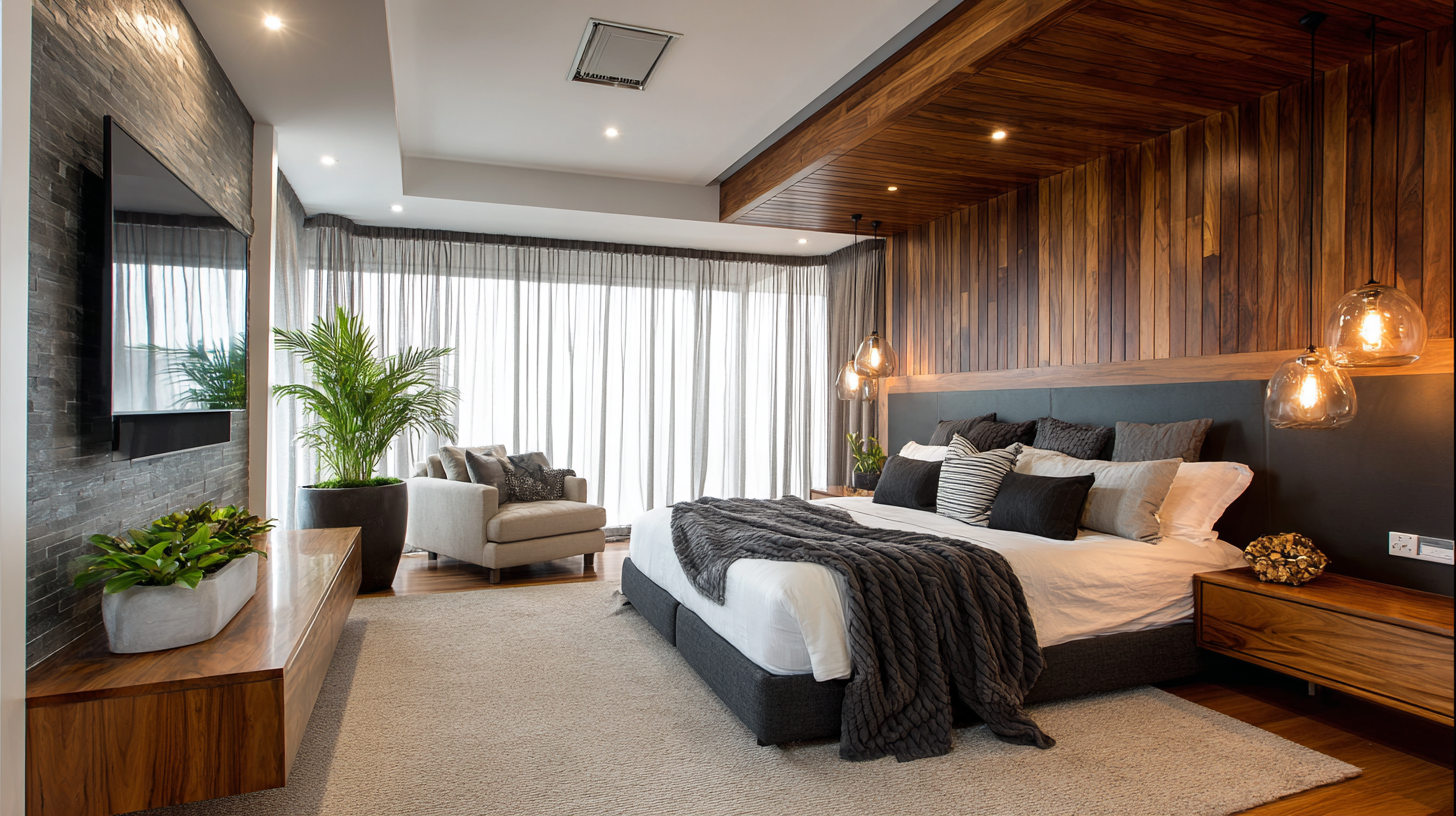
Ambient lighting serves as the foundation, providing general illumination to a space. Using dimmable LED fixtures can create flexibility in brightness, allowing you to adjust the atmosphere based on time of day or occasion. Task lighting is vital for specific activities, such as reading or cooking, where focused brightness is needed; studies reveal that proper task lighting can boost productivity by up to 20%. Lastly, accent lighting highlights architectural features or art, adding a dramatic flair. A cohesive balance between these layers not only improves usability but also creates a visually pleasing ambient that resonates with both functionality and style.
Embracing these principles can lead to a more harmonious and effective LED light design in your home or workspace.
Incorporating Smart Technology for Customizable LED Lighting Experiences
In today’s contemporary environments, smart technology is transforming the way we approach LED light design. By incorporating smart systems, users can tailor their lighting experiences to enhance mood, productivity, and aesthetics. According to a recent report by the Smart Lighting Alliance, over 60% of consumers are interested in integrated smart lighting solutions that allow them to control brightness and color via mobile apps or voice commands. This level of customization is crucial, as it enables homeowners and businesses alike to create the perfect ambiance for any situation.
One effective tip is to utilize RGB LED lights within your design. These lights can shift through a spectrum of colors, promoting a dynamic atmosphere that adjusts to your daily rhythm. For instance, cool colors such as blue can enhance focus during work hours, while warmer hues can help relax during the evening, as supported by studies showing that lighting affects circadian rhythms. Additionally, implementing smart dimmers can allow for gradual transitions throughout the day, making sure your lighting feels natural and inviting.
Another important consideration is the integration of motion sensors with your LED systems. This not only enhances convenience but also significantly contributes to energy efficiency. According to the U.S. Department of Energy, smart lighting can lead to a reduction in energy consumption by up to 30%. By incorporating these technologies, you're not just designing a visually appealing space but creating an efficient environment that is adaptable to your lifestyle.
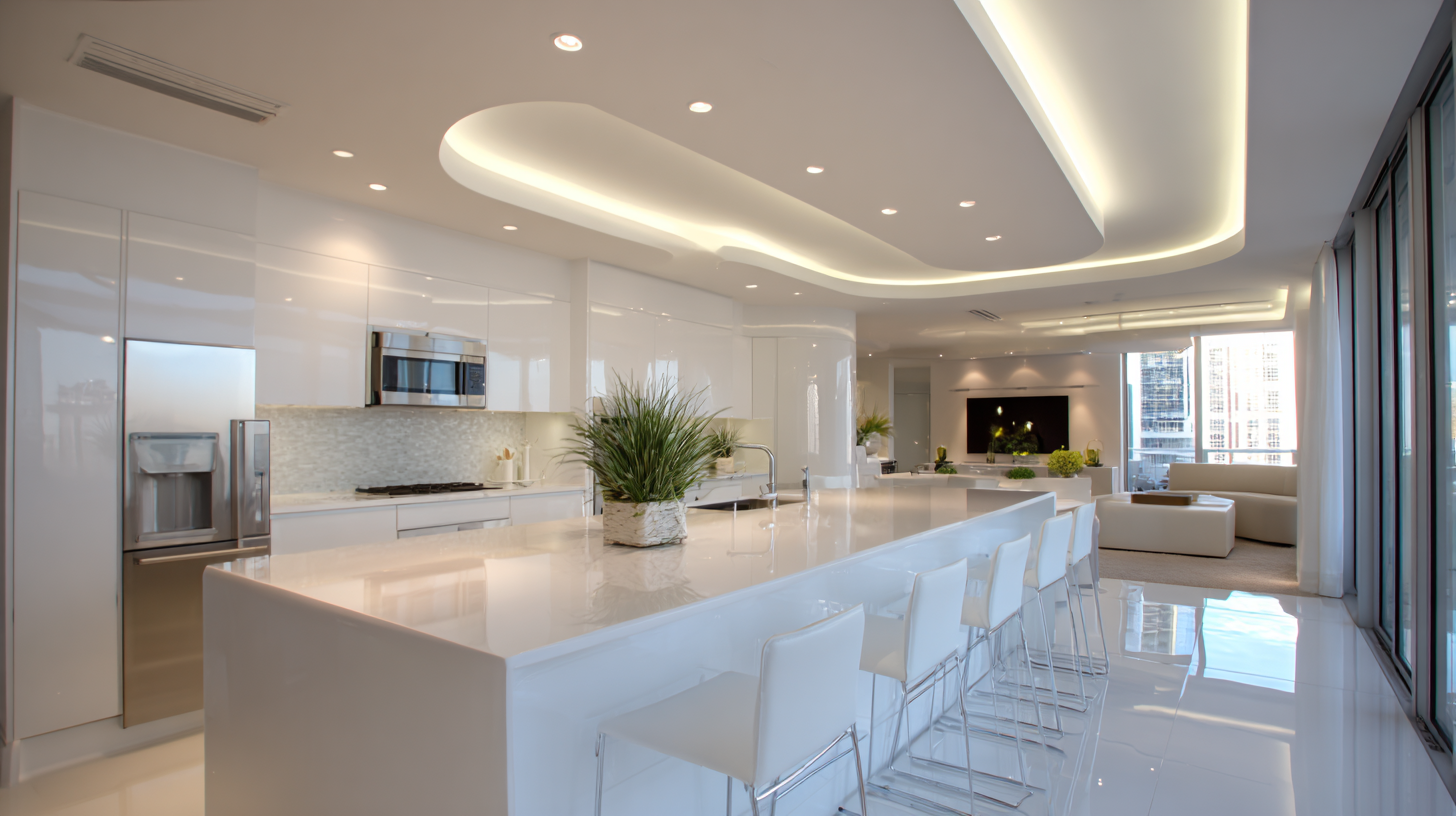
Designing with Sustainability in Mind: Energy-Efficient LED Choices
When designing spaces with sustainability in mind, choosing the right LED lighting can significantly impact energy efficiency and environmental conservation. LEDs, known for their longevity and low power consumption, provide an excellent alternative to traditional lighting sources. When selecting LED lights, consider their lumen output in relation to energy usage. Prioritizing high-lumen-per-watt options can maximize brightness while minimizing electricity costs. Additionally, adjustable features like dimmers allow for effective energy management, making it possible to tailor lighting to specific needs throughout the day.
Incorporating smart lighting systems can further enhance sustainability efforts. These systems can automate light levels based on occupancy and natural light availability, ensuring that energy is used only when needed. Furthermore, the use of materials in light fixtures that are recyclable or made from sustainable resources helps reduce waste and supports eco-friendly practices. By embracing innovative LED designs that align with energy-efficient standards, spaces can not only become more aesthetically pleasing but also contribute to a healthier planet.
Related Posts
-
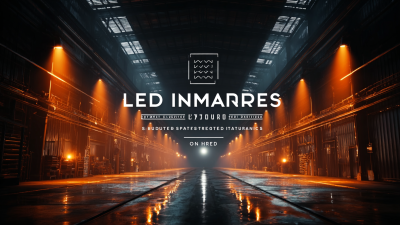
Understanding Industry Production Standards for the Best LED Luminaires: A Comprehensive Guide
-
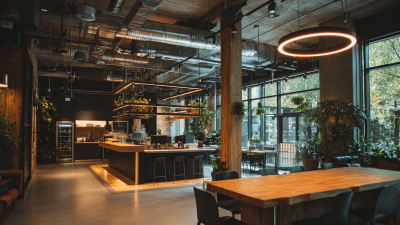
How to Choose the Best LED Lighting System for Your Business Needs
-
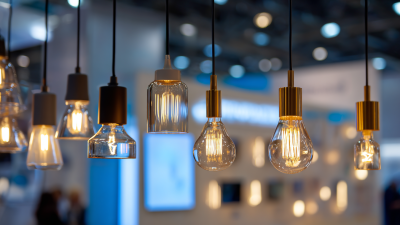
Ultimate Guide to Selecting the Best LED Luminaires: Insights from Industry Trends and Data
-

Navigating Global Trade Standards for Led Technology with Data Driven Insights
-
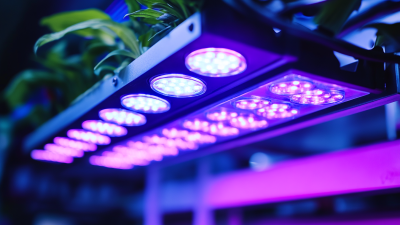
Advantages of Embracing LED Lighting for Sustainable Procurement
-
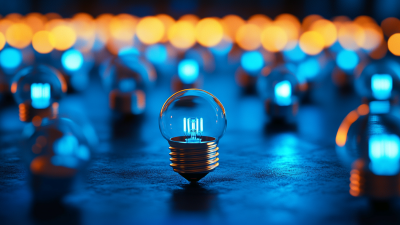
7 Essential Tips to Boost Energy Efficiency with LED Lighting

